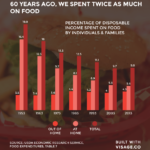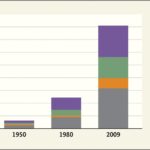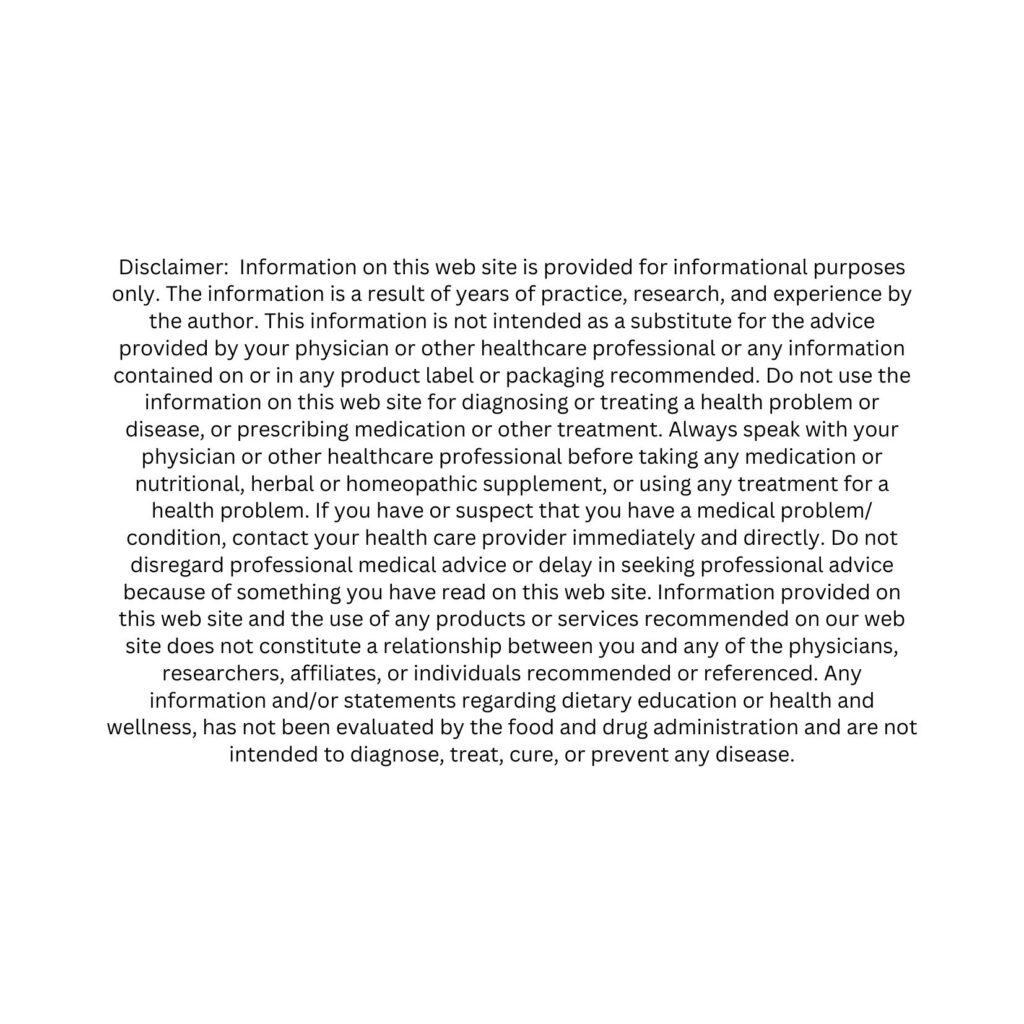Glyphosate, the most common active ingredient in herbicides world-wide, has been linked to various health problems, from gluten intolerance to autism, and most recently cancer. It is well-known that herbicides with glyphosate are sprayed on genetically modified crops that have been engineered to withstand the herbicide without killing the plant. Those wishing to avoid ingesting glyphosate were told to just avoid GMO foods. However, it is less well-known that glyphosate is also applied to non-GMO crops, specifically grains such as wheat and oats. It allows the farmers to harvest these crops much quicker.
As this article from Ken Roseboro at Ecowatch reports, it is now nearly impossible to eat products made from these grains without ingesting glyphosate.
In addition, an investigation by Healthy Traditions in late 2014 showed that even USDA certified organic grains were also contaminated with glyphosate. Residue amounts of the herbicide are actually allowed by USDA organic standards.
Why Is Glyphosate Sprayed on Crops Right Before Harvest? Glyphosate, the main ingredient in Monsanto’s Roundup herbicide, is recognized as the world’s most widely used weed killer. What is not so well known is that farmers also use glyphosate on crops such as wheat, oats, edible beans and other crops right before harvest, raising concerns that the herbicide could get into food products.
Glyphosate has come under increased scrutiny in the past year. Last year the World Health Organization’s cancer group, the International Agency for Research on Cancer, classified it as a probable carcinogen. The state of California has also moved to classify the herbicide as a probable carcinogen. A growing body of research is documenting health concerns of glyphosate as an endocrine disruptor and that it kills beneficial gut bacteria, damages the DNA in human embryonic, placental and umbilical cord cells and is linked to birth defects and reproductive problems in laboratory animals.
A published paper describes the escalating use of glyphosate: 18.9 billion pounds have been used globally since its introduction in 1974, making it the most widely and heavily applied weed-killer in the history of chemical agriculture. Significantly, 74 percent of all glyphosate sprayed on crops since the mid-1970s was applied in just the last 10 years, as cultivation of GMO corn and soybeans expanded in the U.S. and globally.
Charles Benbrook, Ph.D., who published the paper on the mounting use of glyphosate, says the practice of spraying glyphosate on wheat prior to harvest, known as desiccating, began in Scotland in the 1980s.
“Farmers there often had trouble getting wheat and barley to dry evenly so they can start harvesting. So they came up with the idea to kill the crop (with glyphosate) one to two weeks before harvest to accelerate the drying down of the grain,” he said.
The pre-harvest use of glyphosate allows farmers to harvest crops as much as two weeks earlier than they normally would, an advantage in northern, colder regions.
The practice spread to wheat-growing areas of North America such as the upper Midwestern U.S. and Canadian provinces such as Saskatchewan and Manitoba.
Joel Ransom, an agronomist at North Dakota State University, … says desiccating wheat with glyphosate has been a useful tool for farmers.
“It does help hasten dry down and controls grain weeds and other material that slows down the threshing practice,” he said. “It has an important role in areas where it’s wet.”
Ransom says the practice has increased in North Dakota, which is the leading wheat-producing state in the U.S., over the past 15 years due to wetter weather.
While more common in Upper Midwestern states where there is more moisture, desiccation is less likely to be done in drier wheat growing areas of Kansas, Oklahoma, Washington and Oregon.
According to a wheat farmer in Saskatchewan, desiccating wheat with glyphosate is commonplace in his region. “I think every non-organic farmer in Saskatchewan uses glyphosate on most of their wheat acres every year,” the farmer speaking on condition of anonymity said.
According to Tom Ehrhardt, co-owner of Minnesota-based Albert Lea Seeds, sourcing grains not desiccated with glyphosate prior to harvest is a challenge.
“I have talked with millers of conventionally produced grain and they all agree it’s very difficult to source oats, wheat, flax and triticale, which have not been sprayed with glyphosate prior to harvest,” he said. “It’s a ‘don’t ask, don’t tell policy’ in the industry.”
Ehrhardt also says that crops grown to produce seed are not usually sprayed with glyphosate prior to harvest because this can damage seed germination.
Grain Millers, which has grain processing facilities in the U.S. and Canada, announced last year that it would not buy oats from Canada that had been desiccated with glyphosate.
“We are told these (glyphosate residues) are too small to matter but can we believe that?” the Saskatchewan farmer asked. “I think everyone, even farmers that use and love glyphosate, would rather not eat a loaf of bread with glyphosate in it.”
Wiebe shares similar concerns. “Consumers don’t realize when they buy wheat products like flour, cookies and bread they are getting glyphosate residues in those products,” he said. “It’s barbaric to put glyphosate in food a few days before you harvest it.”
Wiebe believes the use of glyphosate on wheat may be connected to the rise in celiac disease. “We’ve seen an explosion of gluten intolerance,” he said. “What’s really going on?”
“Can you imagine the public’s response if they knew that glyphosate is being sprayed on the oats in their Cheerios only weeks before it is manufactured?” Ehrhardt asked.
Read the full article at EcoWatch.com
𝐷𝑜𝑛𝑛𝑎♡



